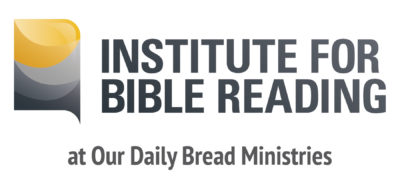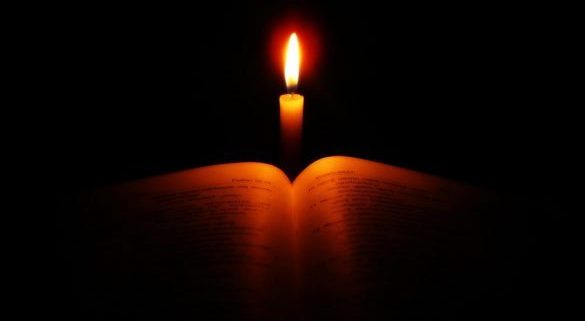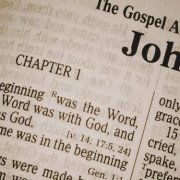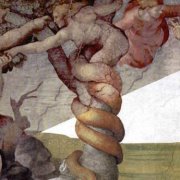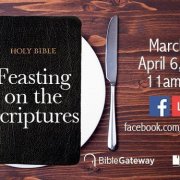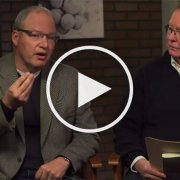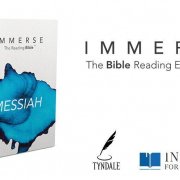Advent: Reading the Bible For the Real World
The biblical narrative knows all about times of change. It knows about seasons of darkness that that last way too long. How long was Israel in slavery before Moses was called? How long did God’s people sit in sadness by rivers of Babylon? How many days and nights did Anna, daughter of Penuel, sit in the Temple, fasting and praying for the redemption of Jerusalem? (She was there continually, Luke tells us, until she was 84.)
 Exile. Suffering. Sadness and death. How long? How long?
Exile. Suffering. Sadness and death. How long? How long?
Of course, the Bible knows all about days of rejoicing too. It knows about seasons of rescue, of God showing up and turning the tide, changing the story. It knows about times of refreshing, about good harvests, about a Messiah born amidst singing angels. There are seasons of light in this tale.
But think for a moment about the big story in the Bible. Think of what we learn about God’s founding intentions for the world, and for his people in the world. God wanted flourishing life, tended by image-bearing humans. God wanted to live with us in his creation-temple. God wanted us to trust him, to trust what he said, to follow his ways.
We struggled to live up to God’s call for us. We failed him. And he in turn struggled with us. He struggled with the family of Abraham that he called to rescue us, to bring us light and love and blessing. The story tells us about covenants and then more covenants, a never-ending series of promises about real change, about a new kind of future.
But the story seems stuck in pro and con, con and pro, an unending battle. It is about floods, but then doves with olive branches. About slavery, but then Exodus. About war, but then Promised Land. About tribal chaos, but then King David. God is trying and trying and trying, but it’s always a struggle. A new start, but then a turning away. It feels more like circles of frustration than straightforward progress with this biblical narrative, this so-called story of salvation.
We can get fully three quarters through the Bible and the same questions remain: Will God’s first intentions ever be realized? Will there be faithful God-imagers on earth? Will life flourish the way God wants it to? Will God’s plan to bring goodness and life to all peoples through Israel really work? When already?
What I like about the Bible (the actual Bible, not the filtered-cherry-picking-nice-verses Bible) is that it’s like real life. Real life is a struggle. Real life is about waiting. Real life is about watching the world fall apart on my news feed.
What I like about the Bible (the actual Bible, not the filtered-cherry-picking-nice-verses Bible) is that it’s like real life. Real life is a struggle. Real life is about waiting. Real life is about watching the world fall apart on my news feed.Click To TweetWe are in the season of Advent these days, waiting once again for the coming of something genuinely new. And I’m noticing that the questions of Advent are the same questions of the entire biblical narrative before the New Testament.
Will he come? When? How long?
Advent teaches us, among many other things, to read our Bibles big and whole. Screening out the longing stories, the waiting stories, the struggle stories, won’t serve us well in the end. Our super-friendly, super-nice, super-encouraging piecemeal Bible won’t actually sustain us in real life. It’s better to know that God knows like we know that life is hard.
And when we read all of it, and are honest about all of it, then when that Messiah does really come, when those joyous songs do fill the night skies over the Judean countryside, then it’s so much better because it’s so much more real. This is reading the Bible for the real world.
God is in it with us for the long-haul. But the only way to understand the depth and truth of this is to know his whole story. Not just the easy parts.
Read the Bible for life.
